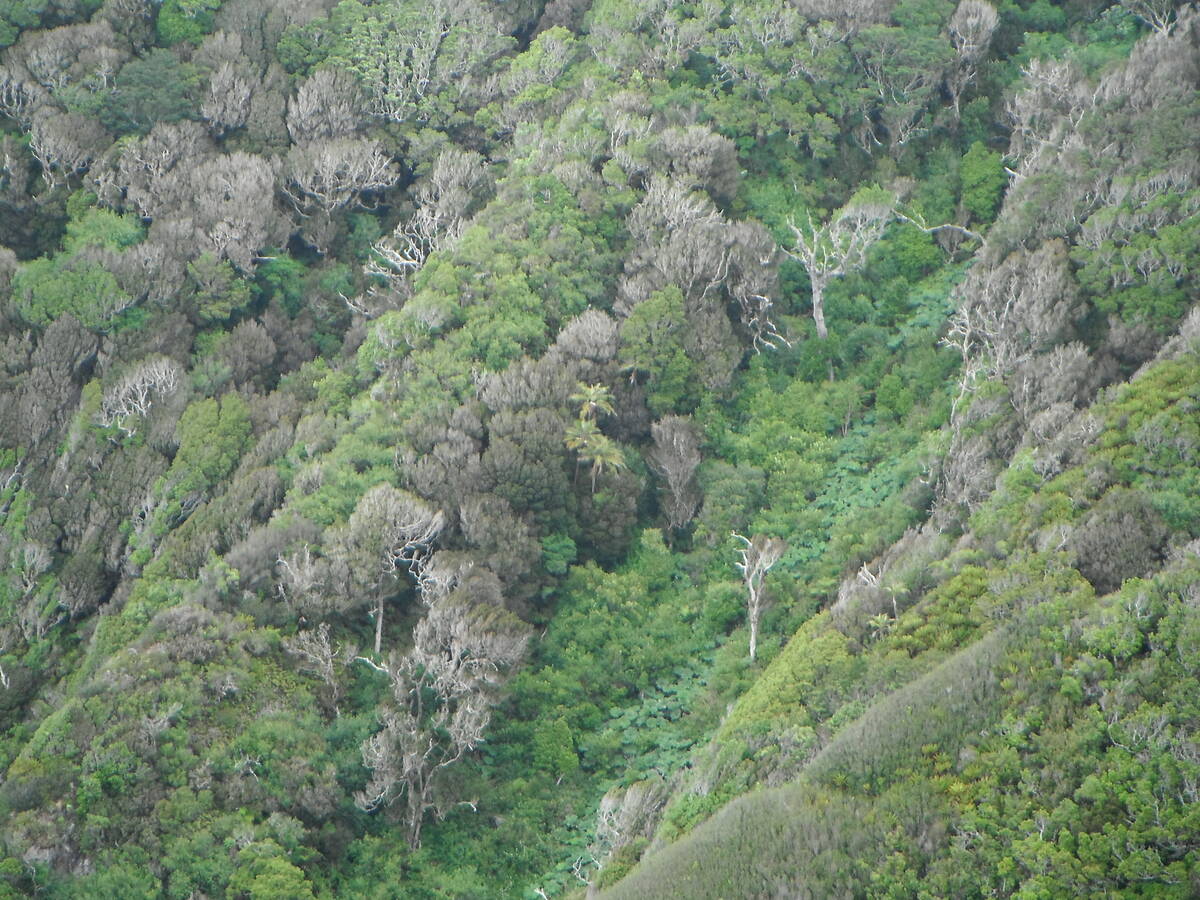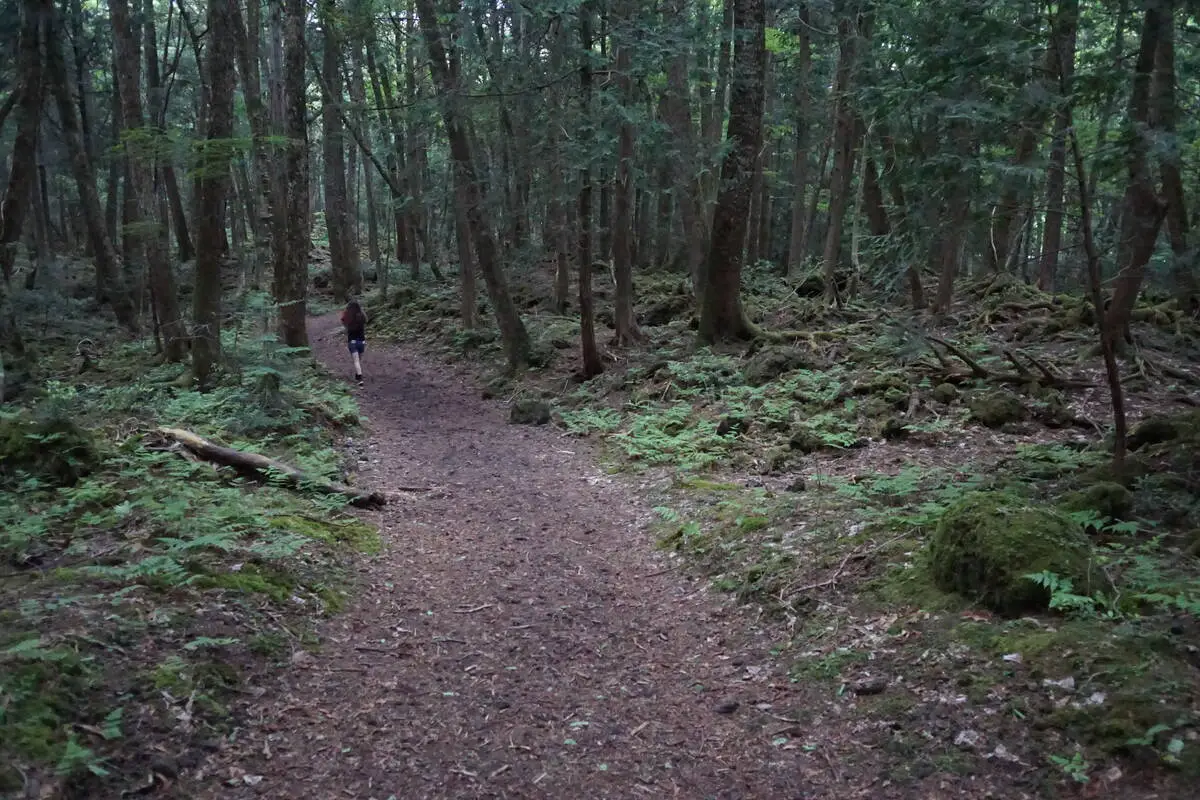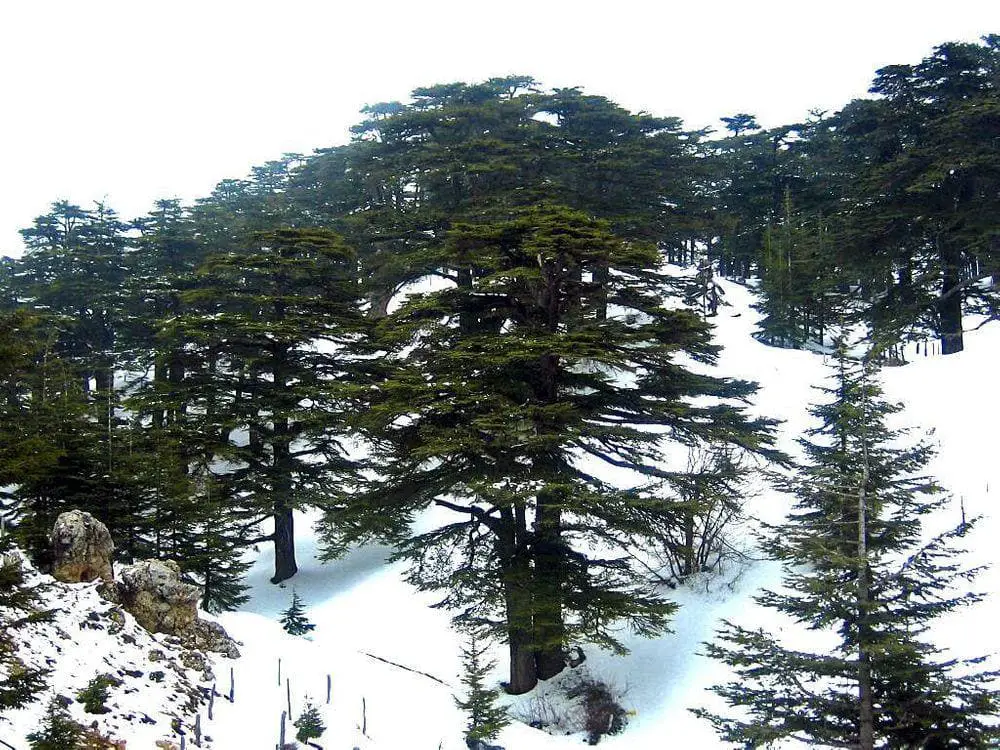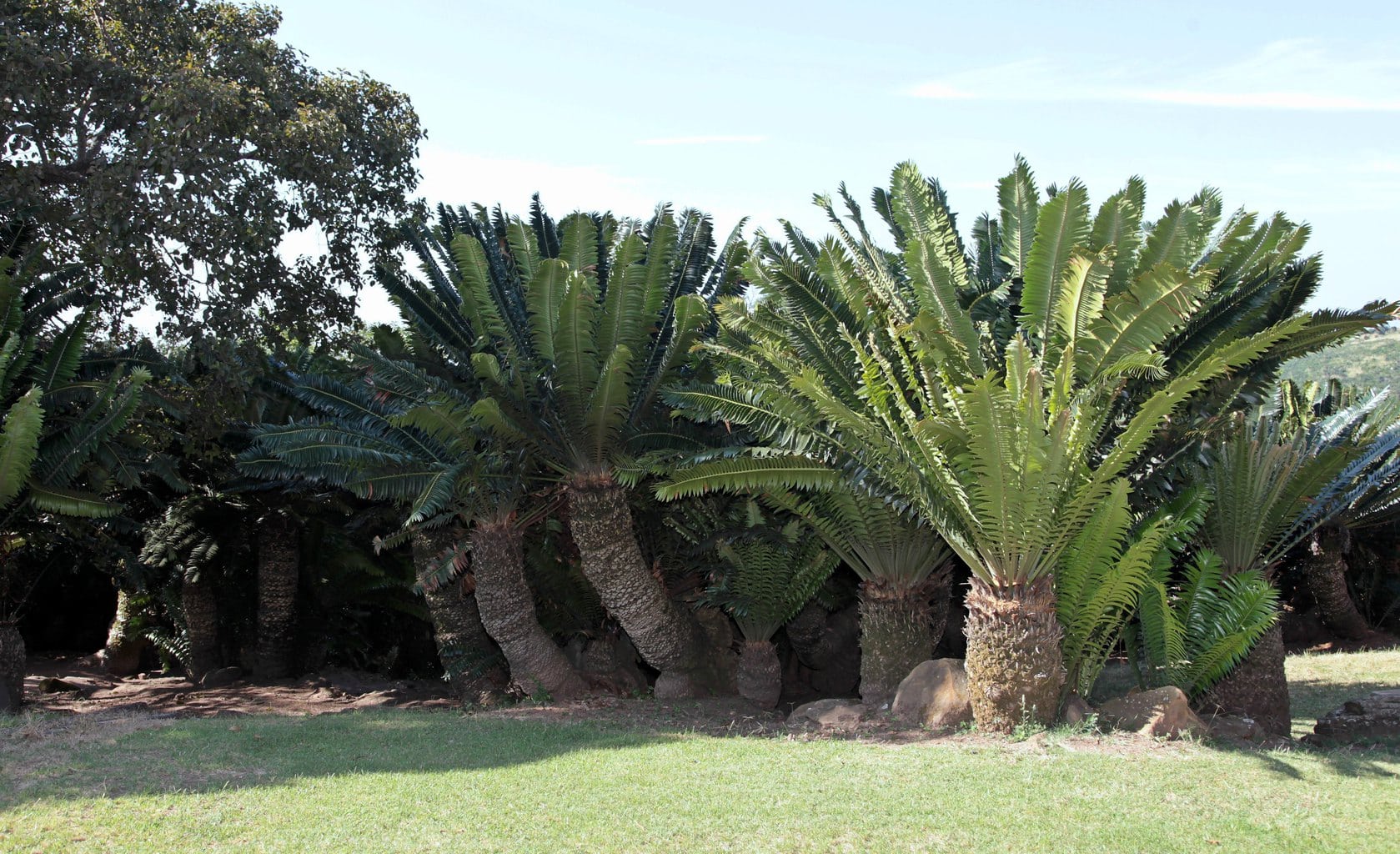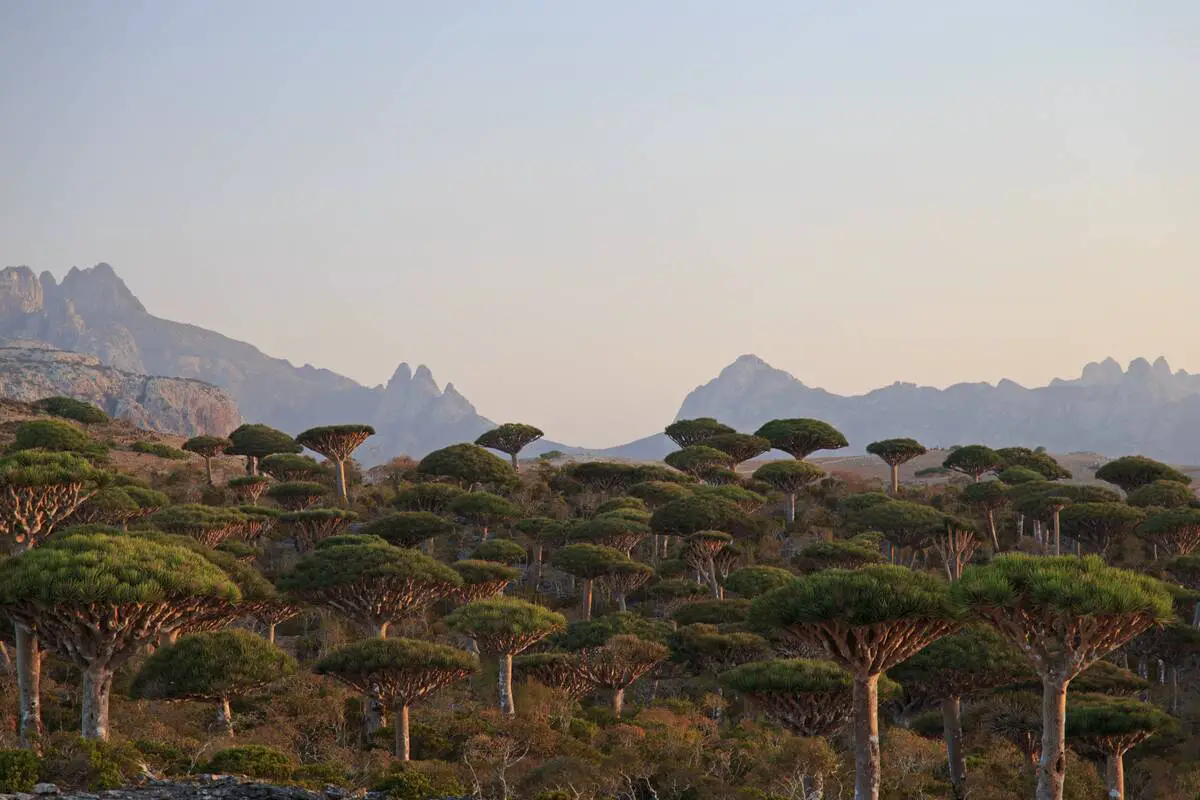Wondermondo 🢖 Lists and articles 🢖 10 unique forests
Publication
10 unique forests
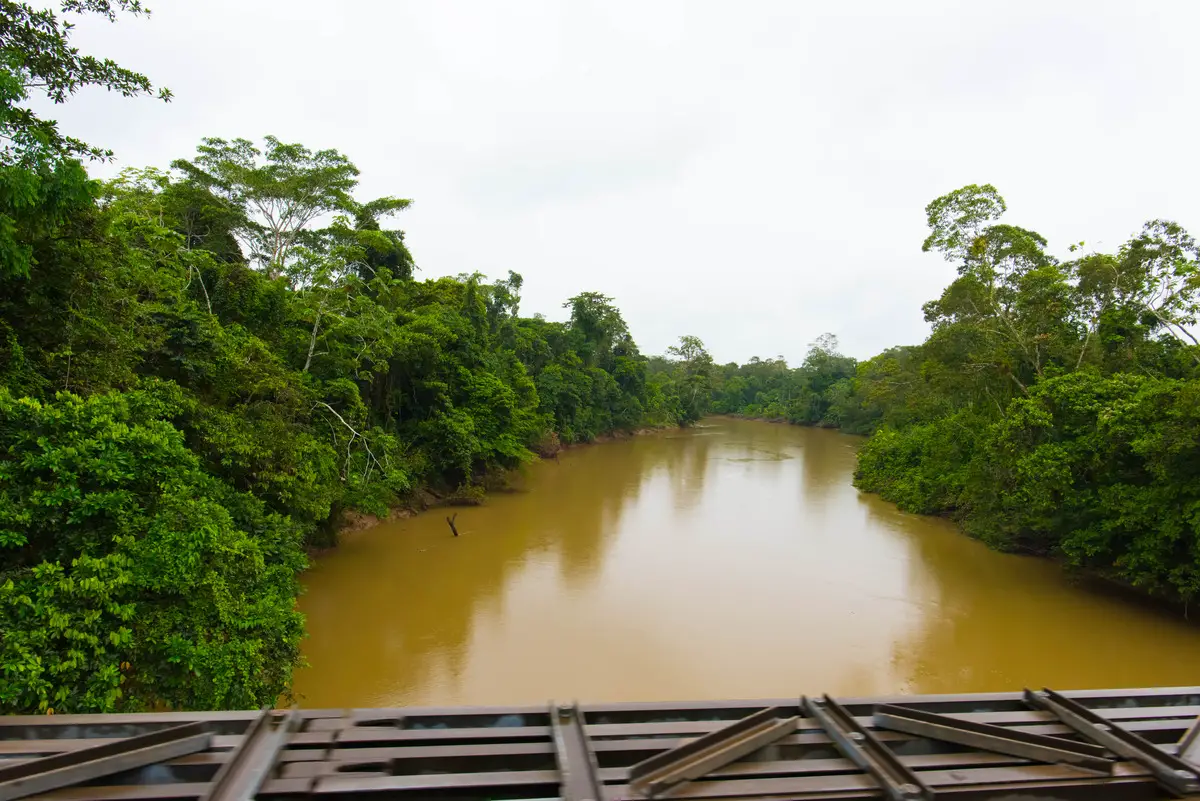
 In short
In short
Many forests of the world are unusual but some are just without analogs. This article is about some of the most unusual ones.
See the selected 10 unique forests!
Map of the sites
If you see this after your page is loaded completely, leafletJS files are missing.
 List of 10 unique forests of the world
List of 10 unique forests of the world
01
Ancient Bristlecone Pine Forest
 50.8%
50.8%
United States, California
Why is it unique? Forest with the oldest trees in the world.
In short: A grove of Great Basin Bristlecone Pine (Pinus longaeva). This unique forest contains the oldest known individual trees in the world, including Methuselah tree that is more than 4,750 years old and even older trees.
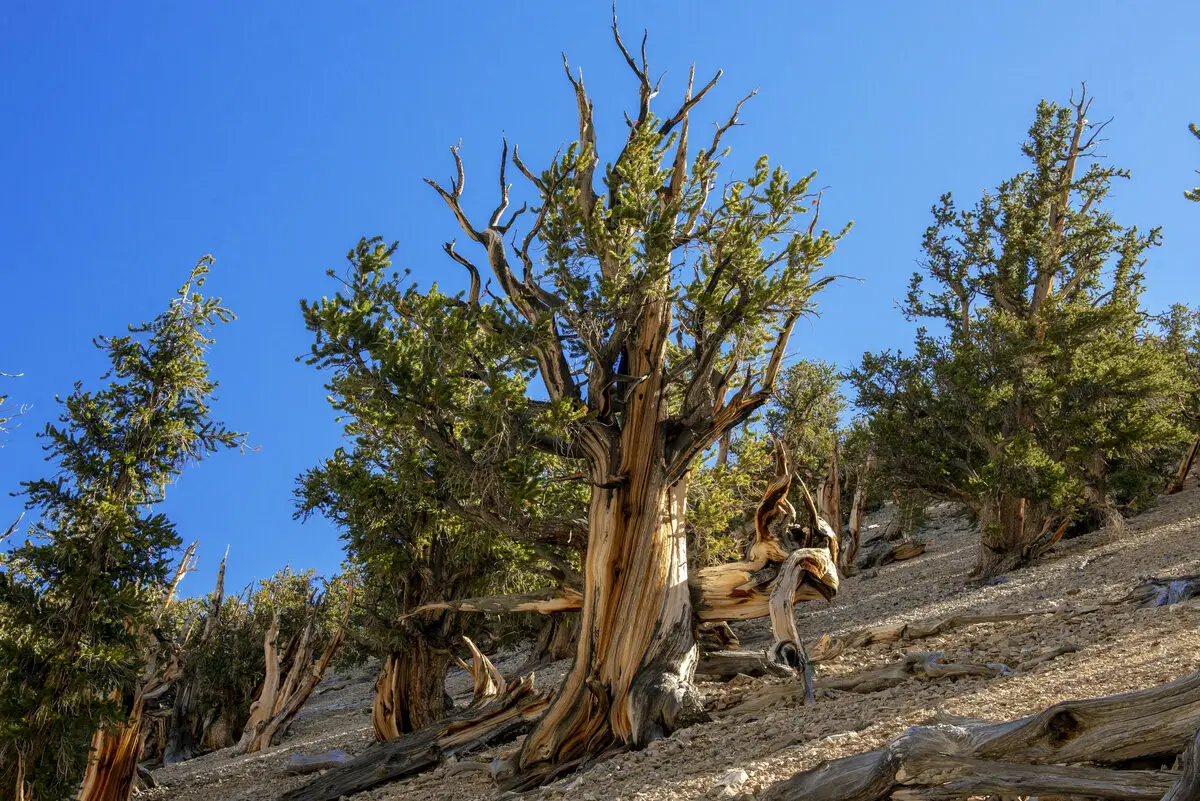
02
Ary-Mas and Lukunsky grove
 42.3% and 41.8%
42.3% and 41.8%
Russia, Krasnoyarsk Krai
Why are they unique? The northernmost forests.
In short: Ary-Mas is the northernmost separate forest in the world but 6 km further to the north is a part of another, larger forest – Lukunsky Grove. These groves of Dahurian larch (Larix gmelinii) are just 2,000 km from the North pole and 600 km north of the polar circle. In spite of extreme climatic conditions, this forest has a high biological diversity with 306 species of plants and 90 species of birds.
03
Christmas Island crab forest
 57.3%
57.3%
Australia, Christmas Island
Why is it unique? The only forest where the dominating species is crabs.
In short: Rainforest of Christmas Island has the highest diversity of land crabs in the world – some 20 species. Their activities and feeding habits to a large extent form this forest – in many locations the forest floor is just soil without plants as the millions of crabs eliminate all smaller seeds and fresh saplings.
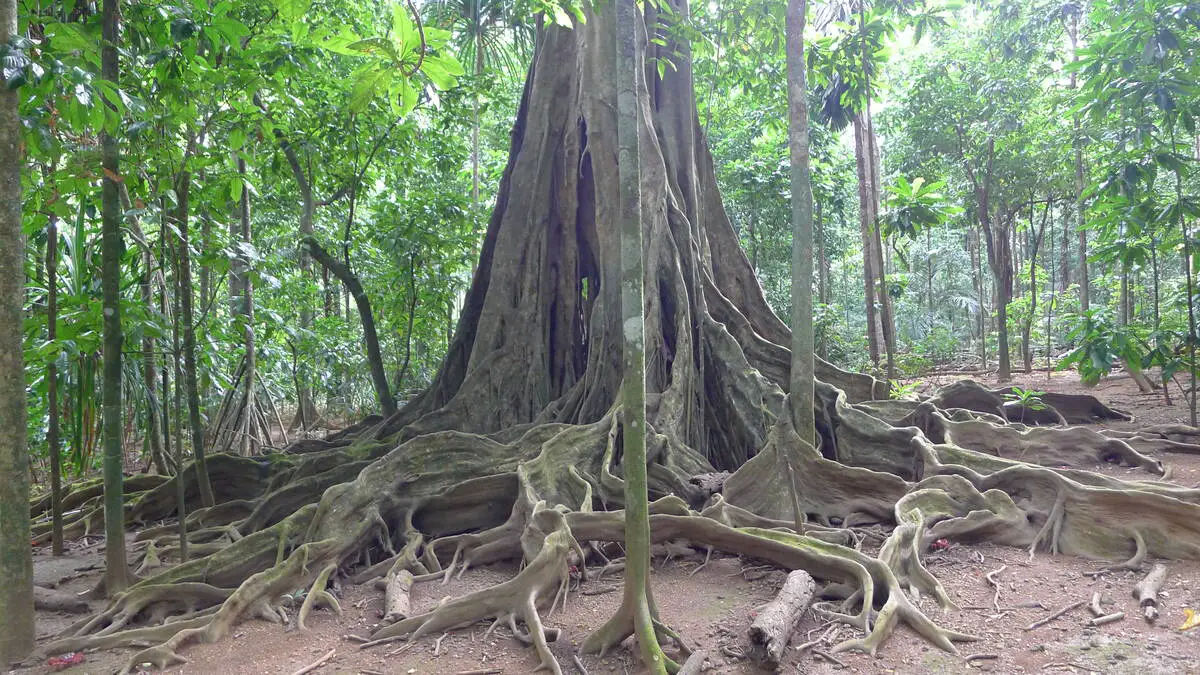
04
Giant Forest, California
 55.8%
55.8%
United States, California
Why is it unique? Forest with the largest trees in the world.
In short: Giant Forest is a forest of giant sequoias (Sequoiadendron giganteum) – world’ s largest trees. There are several groves of this tree, but the largest ones are in the Giant Forest. There grows also the largest officially announced tree of the world – General Sherman.
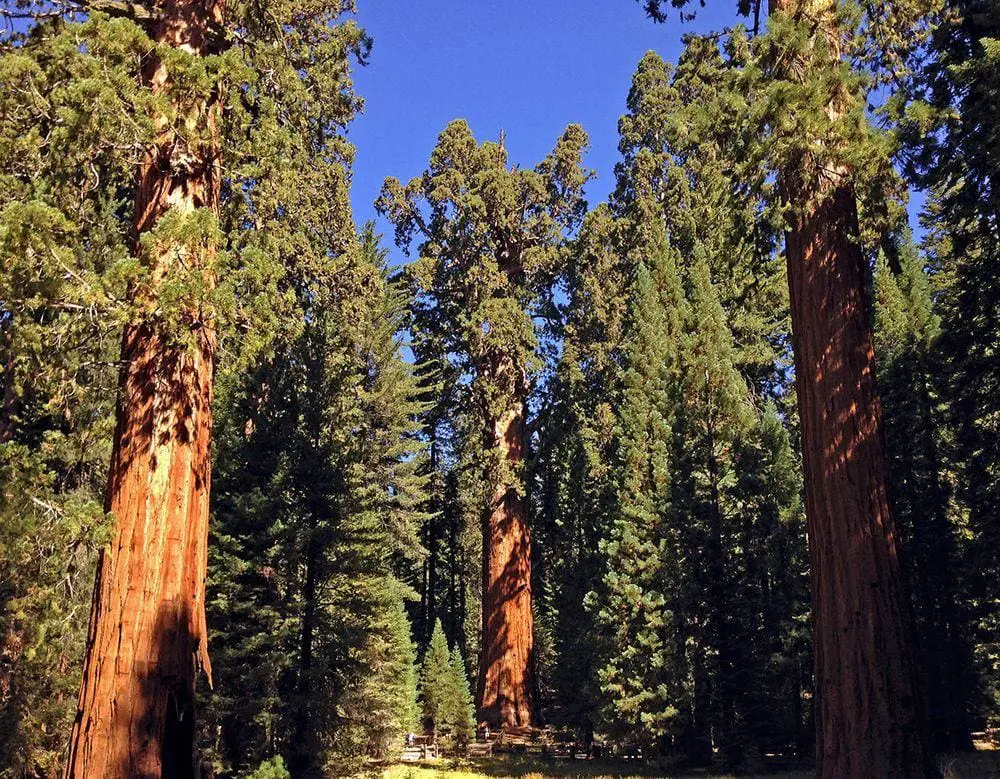
05
Goualougo Triangle – the realm of chimpanzees
 46.0%
46.0%
The Republic of Congo, Sangha
Why is it unique? The most pristine forest.
In short: People have never lived in this approximately 33 thousand ha large forest. Most likely, very few have entered it until recent times. But other beings rule in this forest and are developing their own culture! In Goualougo Triangle live large groups of gorillas and chimpanzees. Local chimpanzees have the most sophisticated culture of great apes on Earth.
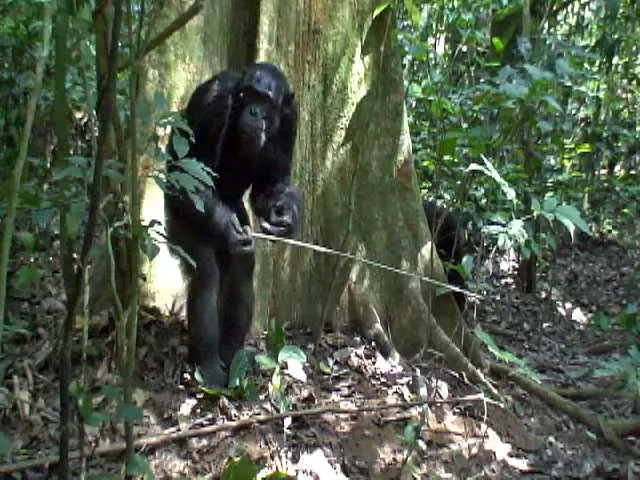
06
Grand Bois, Amsterdam Island
 27.3%
27.3%
Saint Paul and Amsterdam Islands, Amsterdam island
Why is it unique? The most remote forest.
In short: On the remote Amsterdam Island still grows the unique Phylica arborea forest: out of the original 1,500 ha of this forest remain just 8 ha. It is not clear how this tree reached Amsterdam Island – these same species grow on Tristan da Cunha and Gough islands in the Southern Atlantic Ocean more than 7 thousand kilometers away. The nearest forest to Grand Bois is on Rodriguez Island, some 2430 km far away.
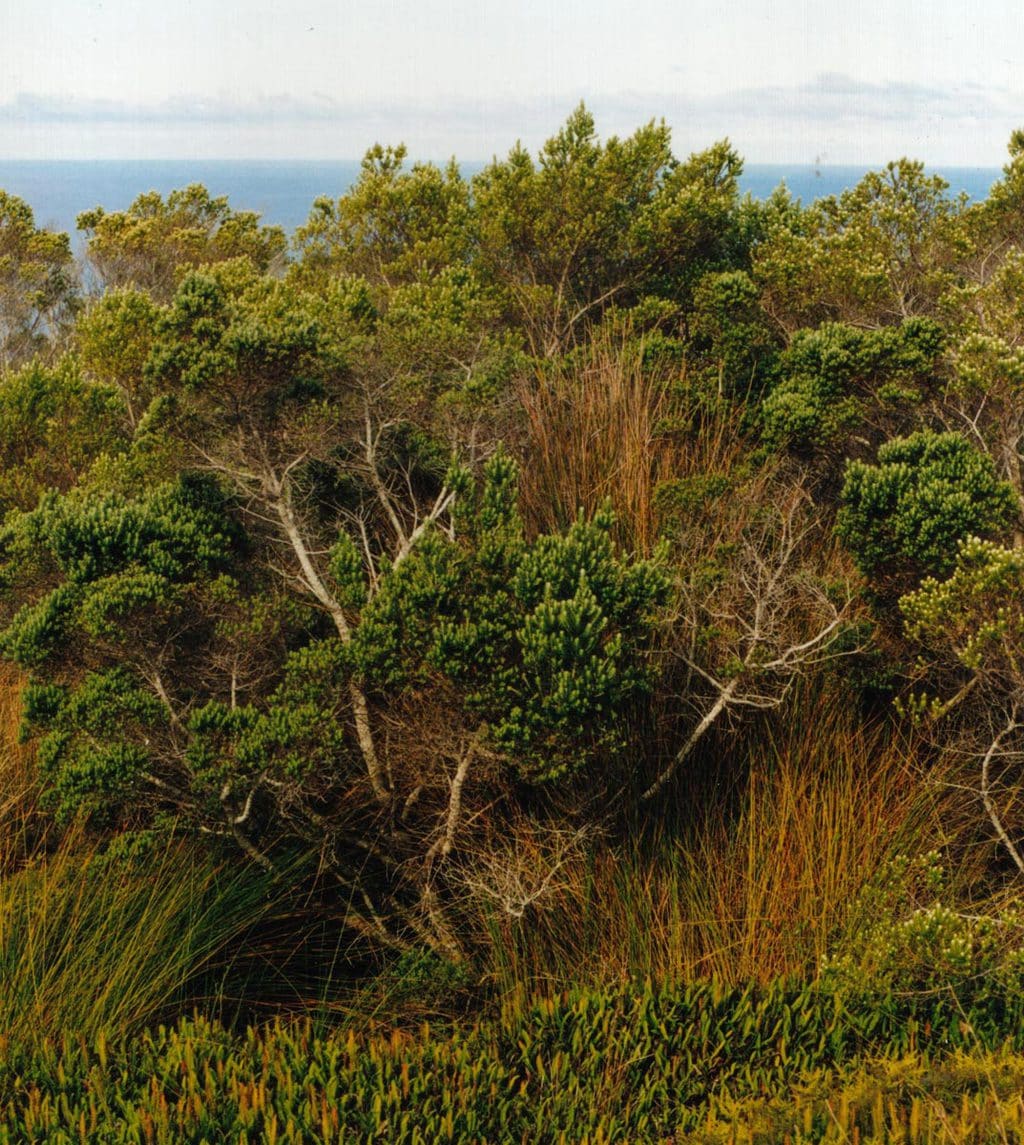
07
Forest on Robinson Crusoe Island
 49.8%
49.8%
Chile, V Valparaíso, Robinson Crusoe Island
Why is it unique? All tree species of this forest grow only here.
In short: In the forest on the remote Robinson Crusoe Island grow some 20 species of trees. All these trees are (naturally) met only in this forest and nowhere else in the world.
08
Nevado Sajama queñua woodlands
 42.5%
42.5%
Bolivia, Oruro Department
Why is it unique? The highest mountain forest.
In short: Stands of smaller trees in this forest grow at the height of 5,000 m and separate trees – at the height of 5,200 m. These trees are queñua de altura (Polylepis tomentella) – unique trees that are able to grow in an extremely dry and cold climate.
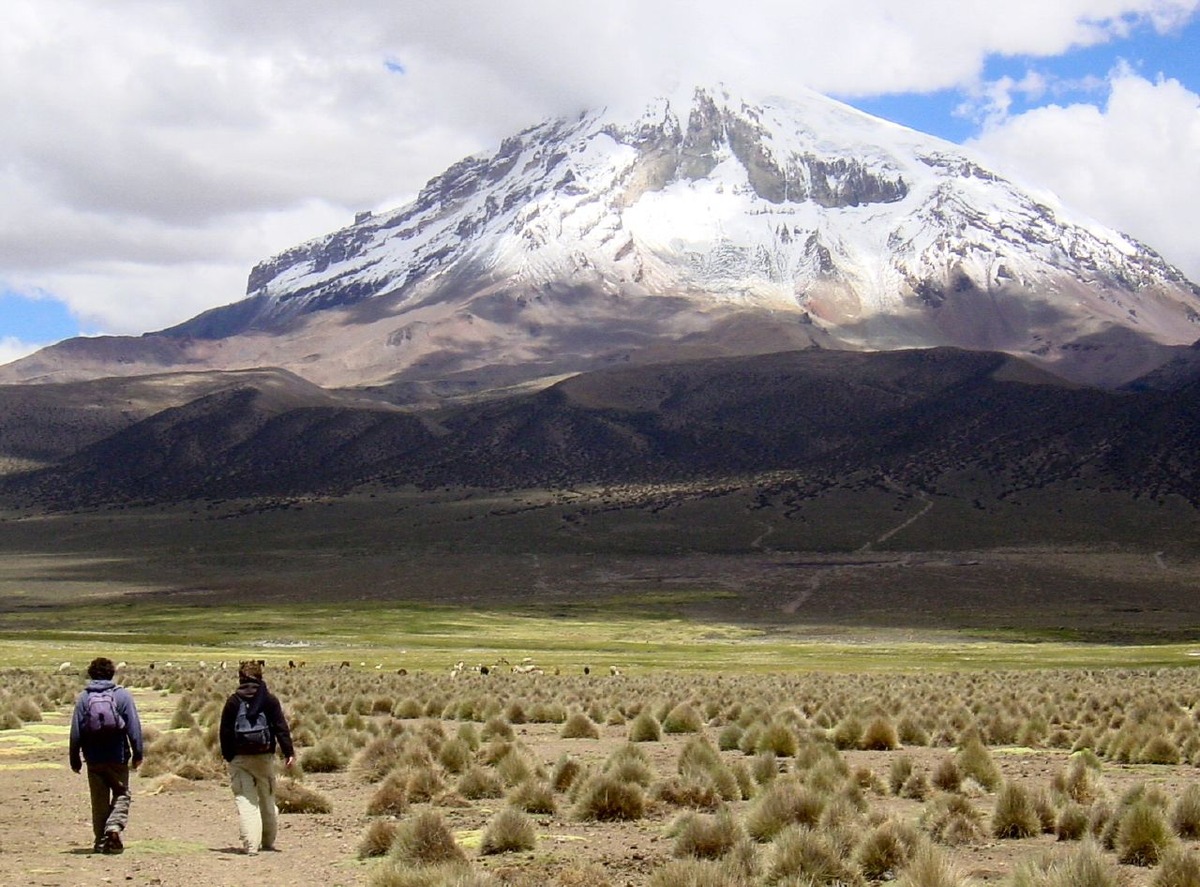
09
The southernmost forest at Cape Horn
 34.5%
34.5%
Chile, XII Magallanes and Antártica Chilena
Why is it unique? The southernmost forest.
In short: This forest grows just 1.4 – 1.7 km from the famous Cape Horn. Low, stunted Nothofagus and Drimys trees grow in extremely windy conditions.
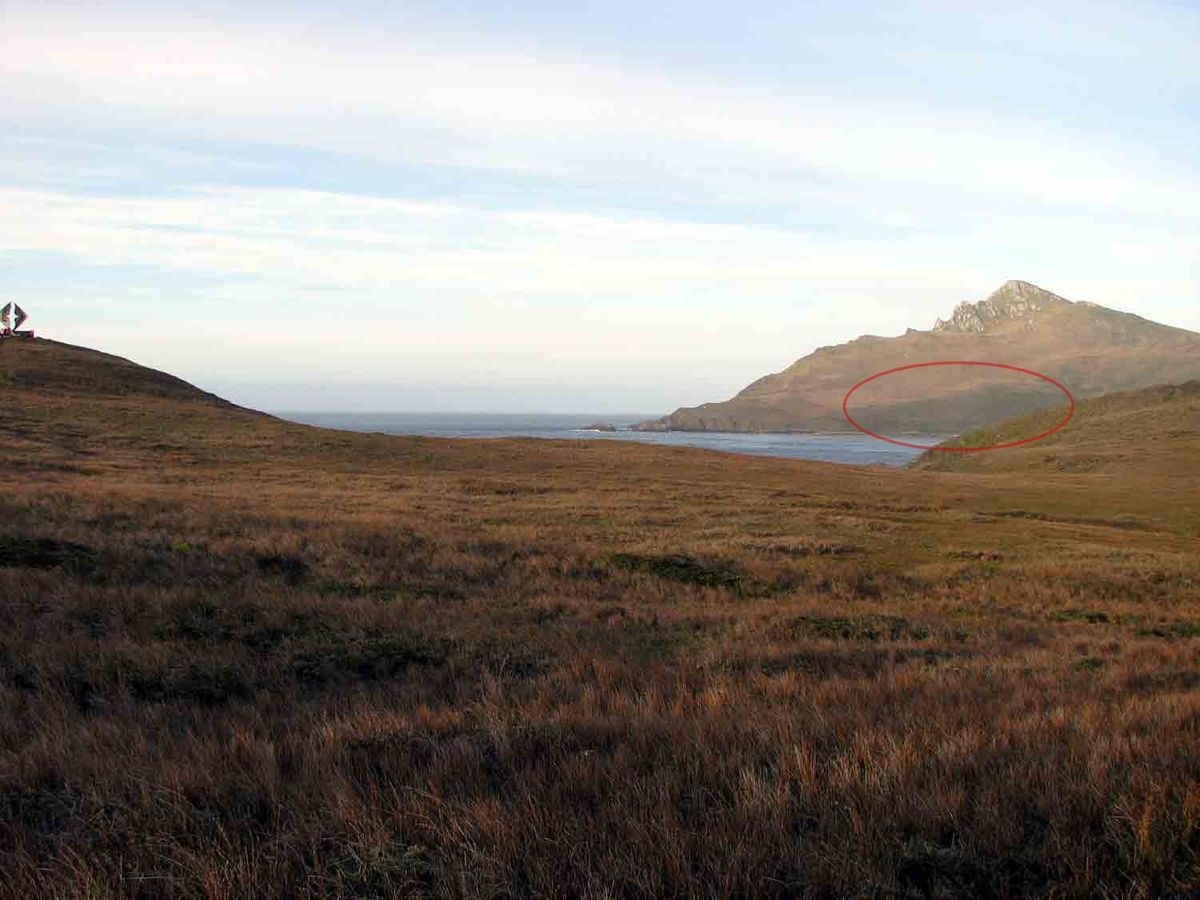
10
Yasuni Forest
 49.8%
49.8%
Ecuador, Orellana and Pastaza
Why is it unique? Forest with the highest biodiversity.
In short: It is well possible that this large forest in the eastern part of Ecuador is the most biodiverse place, e.g. nowhere else in the world one can see that many species of living organisms as there. For example, there are known 1,852 species of trees (and 300 possible, unidentified more!), and more than 540 species of freshwater fishes. It is possible that there live more than 100 thousand species of insects.
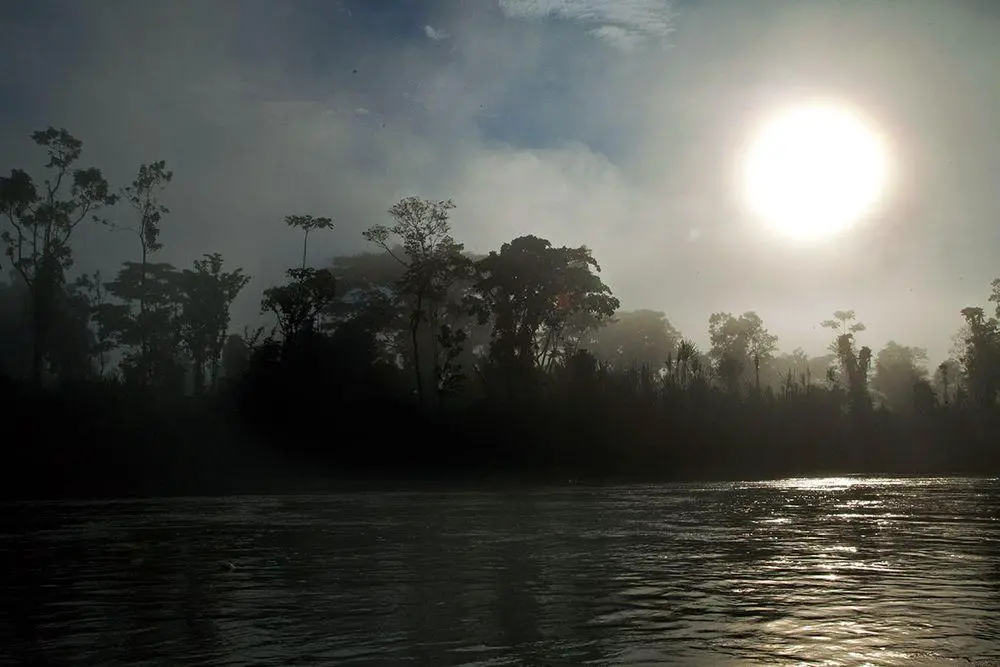
 Other unique forests
Other unique forests
In a way, each forest is unusual, even if it is just a childhood forest with special memories for someone. Below are listed some more unique forests around the world:
Forests with rare species
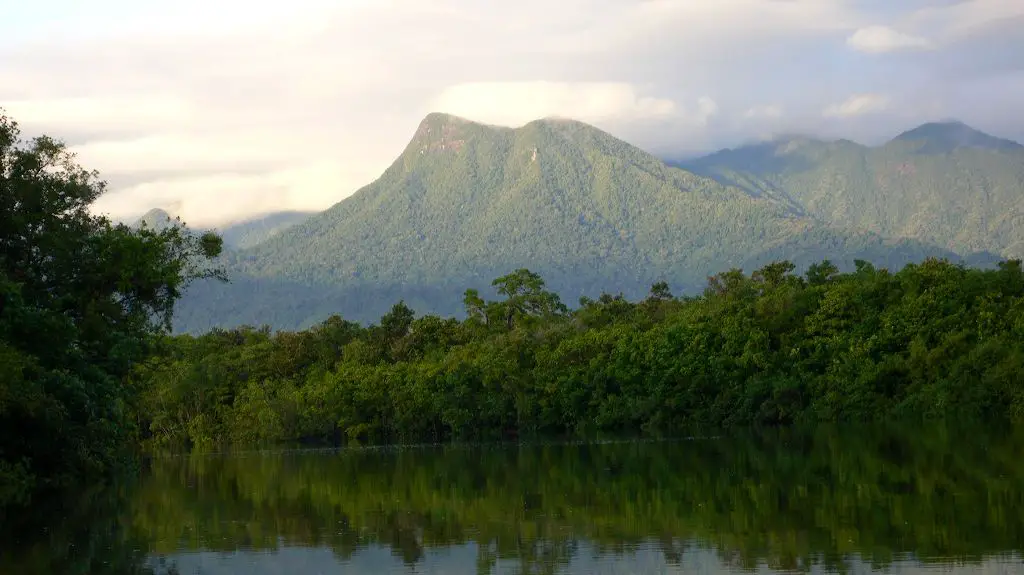
- Ecosystem of Henderson Island (Pitcairn Islands (United Kingdom)) – the only forested atoll with an intact ecosystem in the world. Endemic species – 9 species of plants and all 4 species of land birds. Numerous invertebrates are endemic, although they are poorly researched.
- The Daintree Rainforest (Australia, Queensland) – this scenically beautiful forest contains unique, primitive flowering plants that survived the dry climatic periods in smaller areas of climatic refuge. By the way, this is not the oldest rainforest in the world!
- Monteverde cloud forest (Costa Rica) – cloud forest with extremely high biological diversity. It includes the nature reserve Bosque Nuboso Monteverde with the highest diversity of orchids in the world with more than 500 species, 34 new species were discovered in this forest.
- Madeiran laurisilva (Portugal, Madeira) – unique, roughly 150 km² large subtropical humid forest, a remnant of once widespread forests. The most impressive subtropical forest in Europe and the largest laurisilva forest in the world. Here live some 600 endemic species of plants and animals. The pristine forest is crossed by old waterways and pathways between villages.
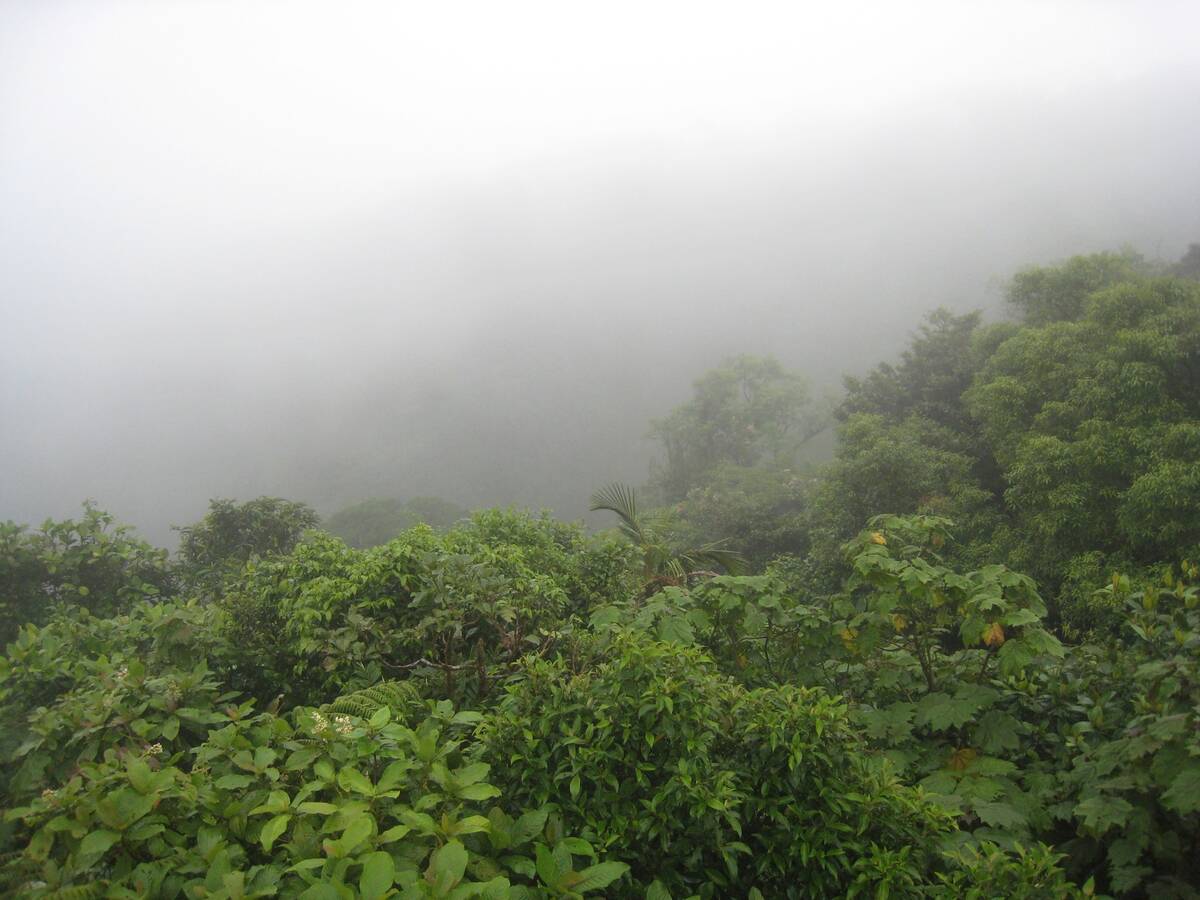
Monteverde Cloud Forest, Costa Rica. / Denise Jesudason, Flickr / CC BY-ND 2.0 - Mount Bosavi Crater (Papua New Guinea) – Forested volcano (some 4 km wide and 1 km deep) that is isolated from other highlands of Papua New Guinea. Here in the montane forest live numerous species of plants and animals that are not met anywhere else in the world, including the 82 cm long Bosavi Wooly Rat and fish that emits grunting noise.
- Mount Kinabalu montane ecosystem (Malaysia) – A very interesting ecosystem with multiple endemic species found only here. There lives the Kinabalu giant earthworm (Pheretima darnleiensis) that grows 70 cm long and Kinabalu giant red leech (Mimobdella buettikoferi) that grows up to 45 cm long and feeds on earthworms. Some 5 – 6 thousand plant species including more than 800 species of orchids and more than 600 species of ferns. 50 of them are found only here.
- Shimba Hills (Kenya) – a remnant of Eastern African coastal tropical forest with a very high level of endemism. There grow approximately 280 species of endemic plants that are not met outside this forest.
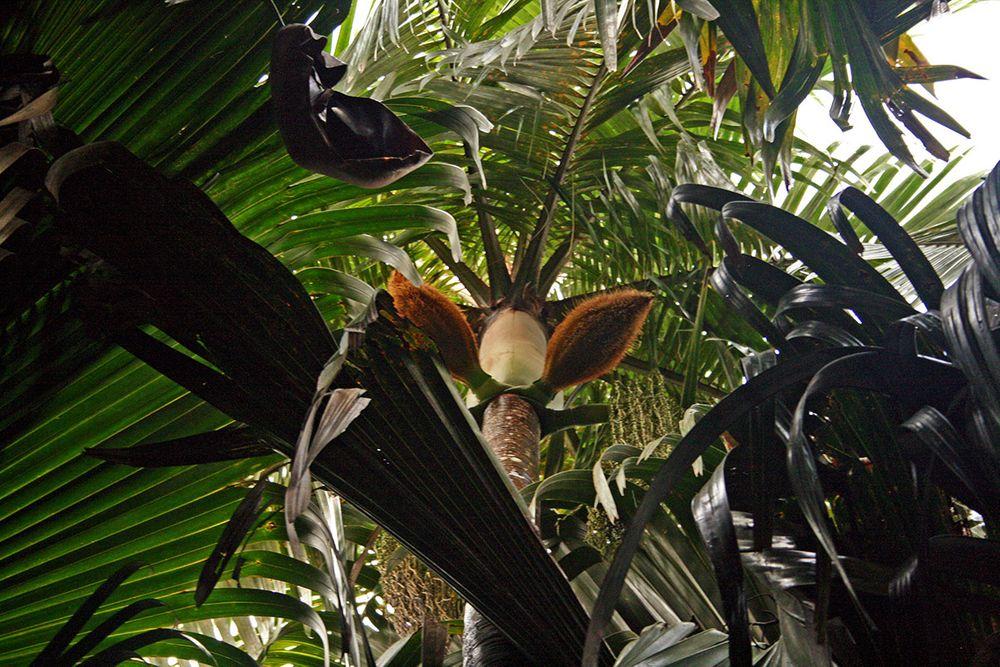
Millionaire’s salat – Deckenia nobilis palm in Vallée de Mai / Marion Schneider & Christoph Aistleitner, Wikimedia Commons, public domain - Sinharaja Forest Reserve (Sri Lanka) – the largest virgin rainforest in Sri Lanka, the abode of numerous endemic species. In spite of its comparatively small size (8,864 ha), this forest contains a multitude of endemic trees (139 species!), insects, birds, mammals, and other beings that are not met anywhere else in the world. Forest contains numerous very large and tall trees.
- Vallée de Mai (Seychelles) – a relict of Gondwana, a natural palm forest with the endemic coco de mer palm (Lodoicea maldivica) grove and five other endemic palms. Coco de mer grows up to 34 m tall and has the largest seeds in the plant kingdom – nuts that are up to 42 kg heavy. Many other endemic species of plants and animals, numerous vanilla orchids.
Forests with unusual legends
- Aokigahara (Japan) – Large, nearly pristine, and ghostly, quiet forest with gruesome fame as the most popular place for suicides. Forest is reportedly haunted by Yūrei – dangerous spirits of the deceased.
- Endau-Rompin National Park and Mawas (Malaysia) – an ancient tropical rainforest with many rare plants and animals. The forest is 870 km² large. Indigenous people in this forest tell stories about encounters with Mawas – mythical, human-like creatures who are 3 – 4 m tall. There are reported recent sightings of this creature as well.
- Sakteng Wildlife Sanctuary (Bhutan) – a gorgeous virgin forest in the Himalayas, mostly – temperate forest and subalpine ecosystems. One of the reasons for the creation of this sanctuary is the protection of migoi – a man-like cryptid, whose existence has not been proven but local people are convinced that it exists.
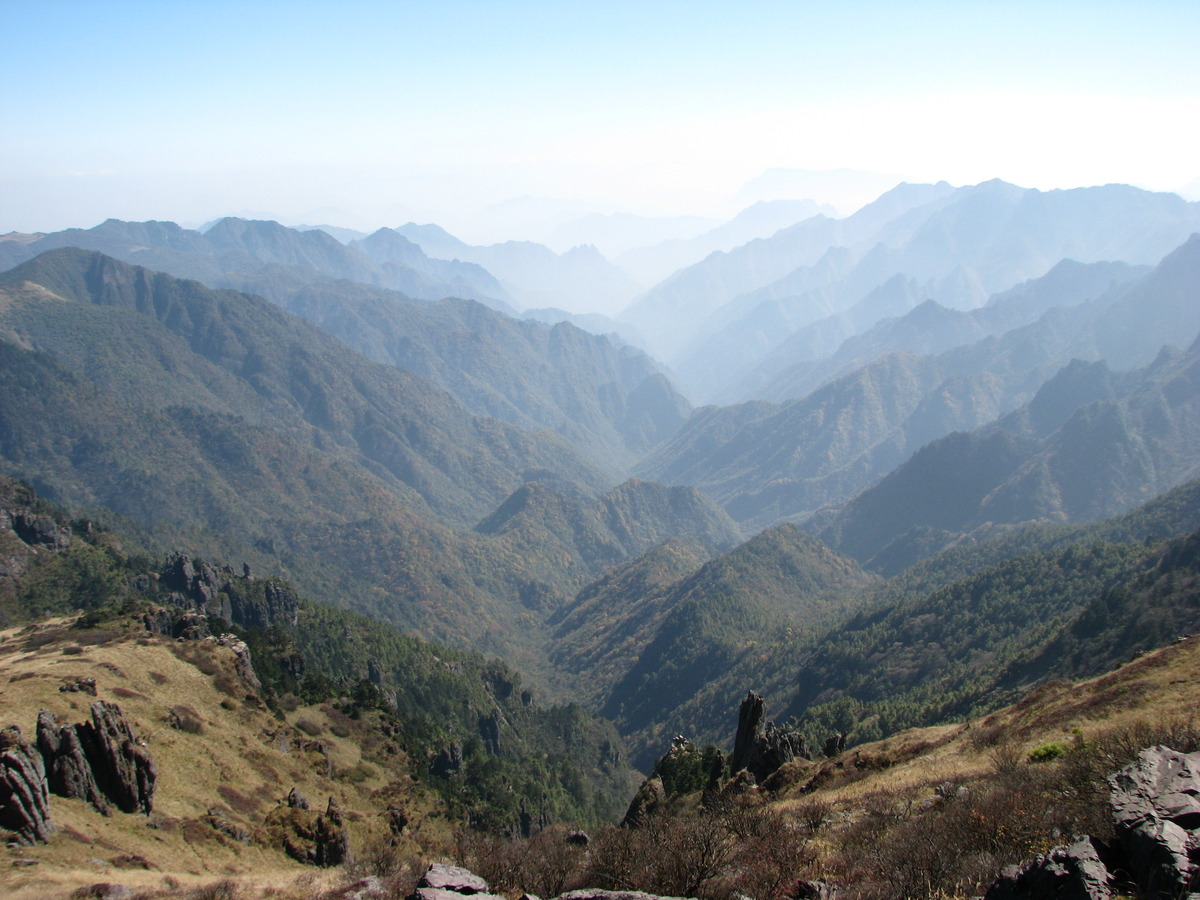
Shennongjia virgin forest./ Z Zzl, Wikimedia Commons / CC BY 3.0 - Shennongjia white animals (China, Hubei) – virgin montane forest with little climatic change since the Jurassic period. There are many reports of diverse white animals – bears (Bai-Xiong), snakes, monkeys, deer, crows, and weasels. Many local people have reported sightings of big human-like animals.
- Tamanthi forest of were-tigers (Burma) – According to multiple legends and stories of many local people, in Tamanthi Wildlife Reserve are living were-tigers – beautiful girls in the daytime and dangerous tigers in the night. In this area have been preserved vast primeval forests with very high biological diversity. Forests extend for hundreds of kilometers.
Some more unique forests
- Cedars of God (Bcharre Cedars, Arz el-Rab) (Lebanon) – a prominent remnant of cedar forest (102 ha) that once covered a large area in the region. Consists of especially large and beautiful cedars of Lebanon (Cedrus libani) up to 35 meters tall and 14 meters in circumference. Since 1876 surrounded by a wall.
- Daallo Frankincense Forest (Somalia) – a lush forest of frankincense trees (Boswellia frereana) at the base of Cal Madow mountains. Thanks to the trees in the air is a constant, intense fragrance. Other rare plants, including the Gabel Elba dragon’s blood tree (Dracaena ombet). Here live also numerous rare animals.
- Holy Lake Taiwania Forest (Forest near Hsueshan Mountain) (Taiwan) – a relict forest with giant, rare trees. Here have been found almost 300 Taiwania cryptomerioides trees that are millennia old. Trunks of 213 Taiwania trees have a diameter above 4 m, some trees are more than 70 m tall.
- Huon pine growth of Mount Read (Australia, Tasmania) – a grove of genetically identical Huon pines (Lagarostrobos franklinii (Hook.f.) Quinn), stand of trees is 10,500 years old although none of the individual trees is that old.
- Modjadji Cycad Forest (South Africa, Limpopo) – Largest cycad (Encephalartos transvenosus) forest in the world (530 ha), resembles a prehistoric world, area of unusual beauty. Some cycads reach a height of 12 – 12.2 meters. Closely linked to the history of local, legendary Rain Queens.
- Monte de Ombúes (Uruguay) – possibly the largest and most spectacular forest of the unique ombú tree (Phitolacca dioica L.) – herb of tree-like form, reaching a circumference of 15 meters. For the most part, ombú is a solitary tree, but here it forms a 20 km² large stand.
- Reenadinna Wood (Ireland) – one of the few natural yew forests in the world, area 25 ha. This is an unusual forest where the ground is covered almost exclusively by moss.
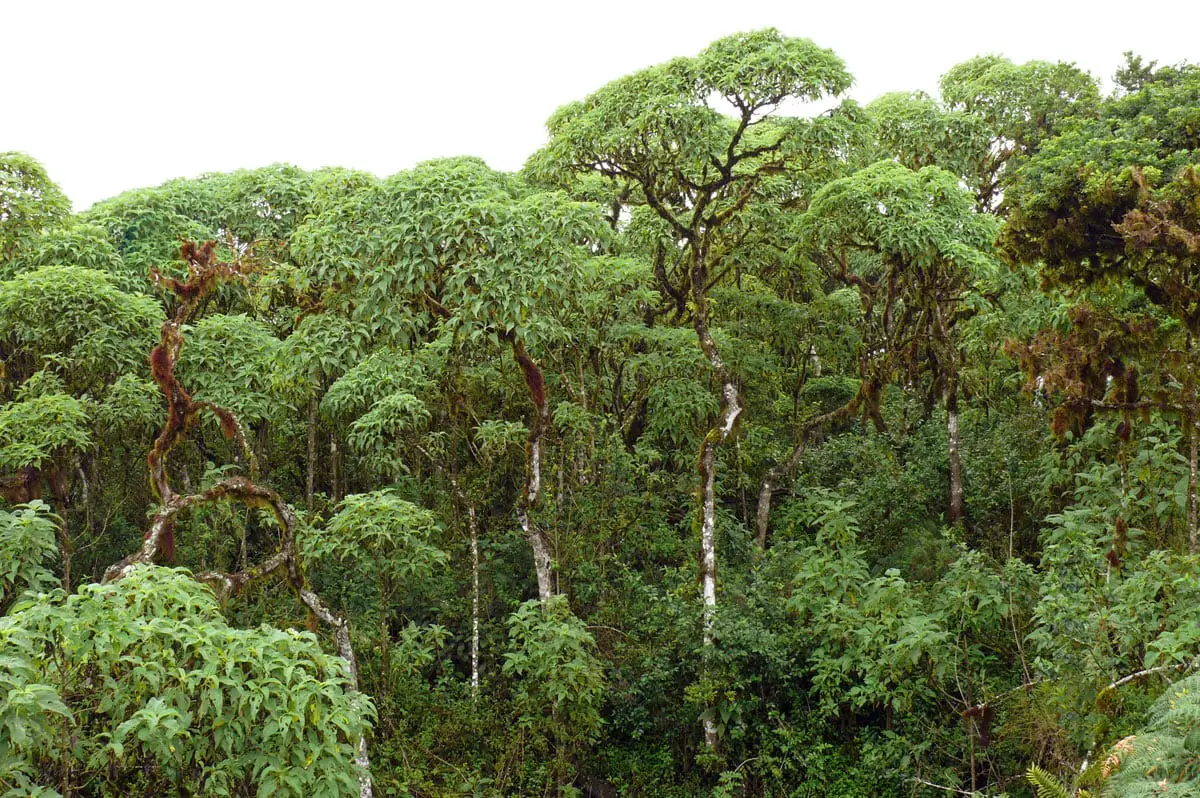
Unique forest of Scalesia pedunculata, Santa Cruz / Haplochromis, Wikimedia Commons / CC BY-SA 3.0 - Forest of Scalesia daisy trees in Santa Cruz (Ecuador, Galápagos Islands) – a spectacular cloud forest that is dominated by Scalesia pedunculata trees. This is the largest tree in the Asteraceae family and grows up to 15 m tall. These unusual tree-like daisies are endemic to Galápagos and form smaller forests on several islands.
- Forest on the bottom of Sima Humboldt and Sima Martel (Venezuela) – small patches of virgin forest on the bottom of 314 and 248 meters deep quartzite sinkholes. These sinkholes have formed for long millions of years and it is tempting to think that these isolated patches of forests are very old and have many unique species…
- Qinngua Valley (Greenland) – the only forest in Greenland, with willows and birches several meters high. Valley has more than 300 species of plants. This is a place of unsurpassed beauty, with a clean river and tall, snow-clad mountains around it.
- Quiver Tree Forest (Namibia) – one of the few existing Aloe dichotoma forests. Here grow some 250 of these unusual plants, the tallest ones are 200 – 300 years old.
- Rokeb di Firmihin (Yemen, Socotra) – the best and last forest of some of the most unusual looking trees in the world – Dragon’s Blood Tree (Dracaena cinnabari).
- Saguaro National Park, West (United States, Arizona) – one of the best locations to see the unique saguaro cactus (Carnegia gigantea) stands with thousands of these giant cacti. One of the most biologically diverse deserts in the world.
 Recommended books
Recommended books
The World Atlas of Trees and Forests: Exploring Earth’s Forest Ecosystems
The World Atlas of Trees and Forests offers a beautiful introduction to what forests are, how they work, how they grow, and how we map, assess, and conserve them.
The Treeline: The Last Forest and the Future of Life on Earth
For the last fifty years, the trees of the boreal forest have been moving north. Ben Rawlence’s The Treeline takes us along this critical frontier of our warming planet from Norway to Siberia, Alaska to Greenland, Canada to Sweden to meet the scientists, residents and trees confronting huge geological changes.

